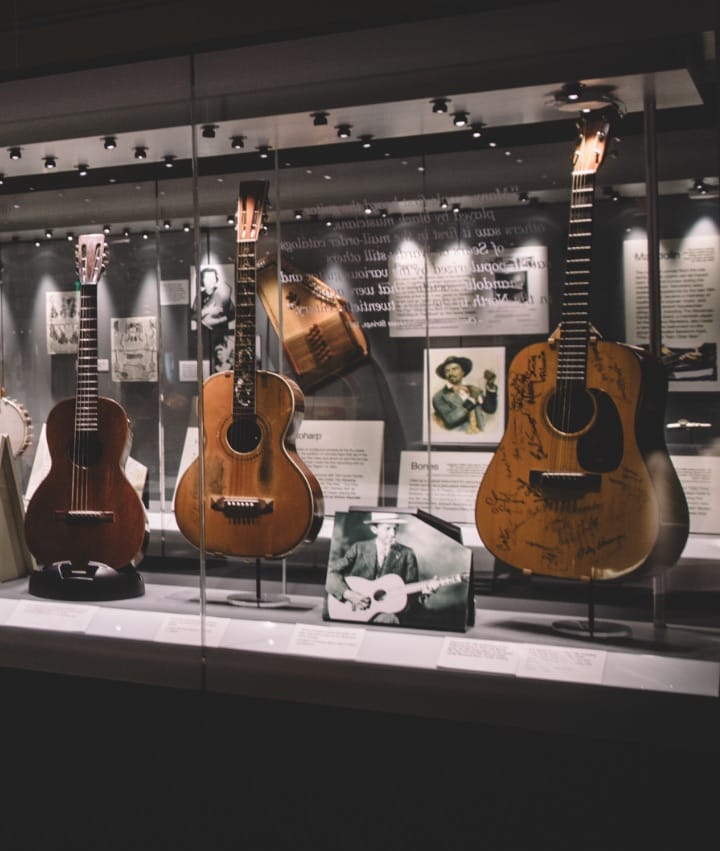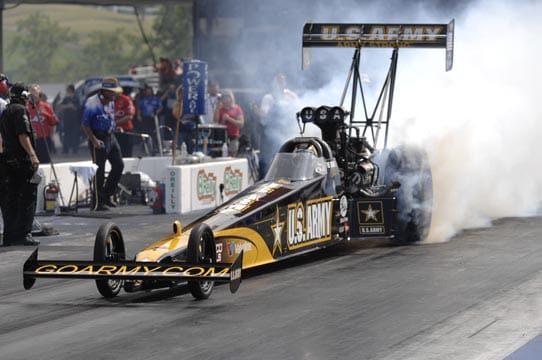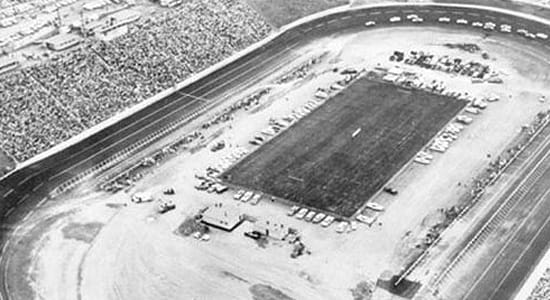We can thank General Evan Shelby for first putting Bristol on the map. A well-known figure during the French and Indian War as well as the Revolutionary War, Shelby first appeared in what is now the Bristol area around 1765. Surveying the terrain he saw an abundance of opportunities and immediately wrote his sons about the territory, telling them that the soldiers and officers of the French and Indian War would probably receive grants of land here and that they should buy as many of the grants as possible.
The following year, Shelby, moved his family and settled at a place called Big Camp Meet (now Bristol, TN/VA). It is said that Cherokee Indians once inhabited the area and the Indian village was named, according to legend, because numerous deer and buffalo met here to feast in the canebrakes.
Shelby renamed the site Sapling Grove (which would later be changed to Bristol). It was a backcountry settlement dangerously situated at the edge of Cherokee land on the southern Appalachian frontier. Scottish and Irish pioneers settled in the region in the 1700s. In 1774, Shelby erected a fort on a hill overlooking what is now downtown Bristol. It was an important stopping-off place for notables such as Daniel Boone and George Rogers Clark, as well as hundreds of pioneers’ en-route to the interior of the developing nation. This fort, known as Shelby’s Station was actually a combination trading post, way station, and stockade. It was a bastion to protect his family and travelers against the Indians. The fort also became the place where the pivotal Revolutionary War battle of King’s Mountain was planned.
After the Revolutionary War, Colonel James King, an immigrant from Ireland and a patriot in the American Revolution, purchased the Shelby land setting up an ironworks and a sawmill, which became a great boon to the area, later Colonel King started a furniture works to meet the high demand for the quality wood pieces available.
Soon after Colonel King’s death, his son, Reverend James King, brought in new sawmill equipment and built the largest stone milldam in the region.
By the mid-nineteenth century, when surveyors projected a junction of two railroad lines at the Virginia-Tennessee state line, Reverend James King conveyed much of his acreage to his son-in-law, Joseph R. Anderson. Anderson laid out the original town of Bristol, Tennessee/Virginia and building began in 1853.
Samuel Goodson, who owned land that adjoined the original town of Bristol TN/VA at its northern boundary (Beaver Creek was the dividing line), started a development known as “Goodsonville”. Anderson was unable to incorporate Bristol across the state lines of Tennessee and Virginia. So in 1856, Goodsonville and the original Bristol, Virginia were merged to form the composite town of Goodson, Virginia.
Incorporation for Bristol, Tenn. and Goodson, Va. occurred in 1856. The Virginia and Tennessee Railroads reached the cities in the late summer of 1856. Due to having two different railroads companies, two depots served the cities; one in Bristol, Tenn. and the other in Goodson, Va. However, the depot located in Goodson continued to be referred to as Bristol, Va. In 1890, Goodson, Va. once again took the name Bristol.
For more information on Bristol TN/VA history and the history of the area follow the links below.
Bristol Historical Association
Sullivan County, TN Archives
Historical Society of Washington County, VA
















